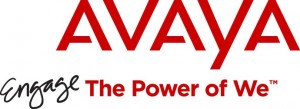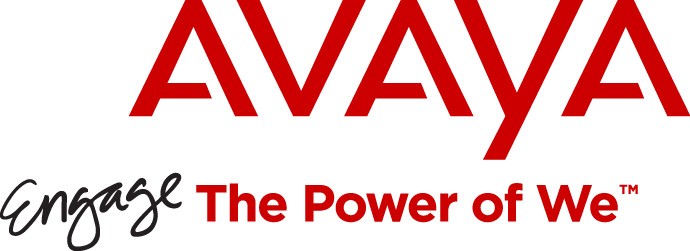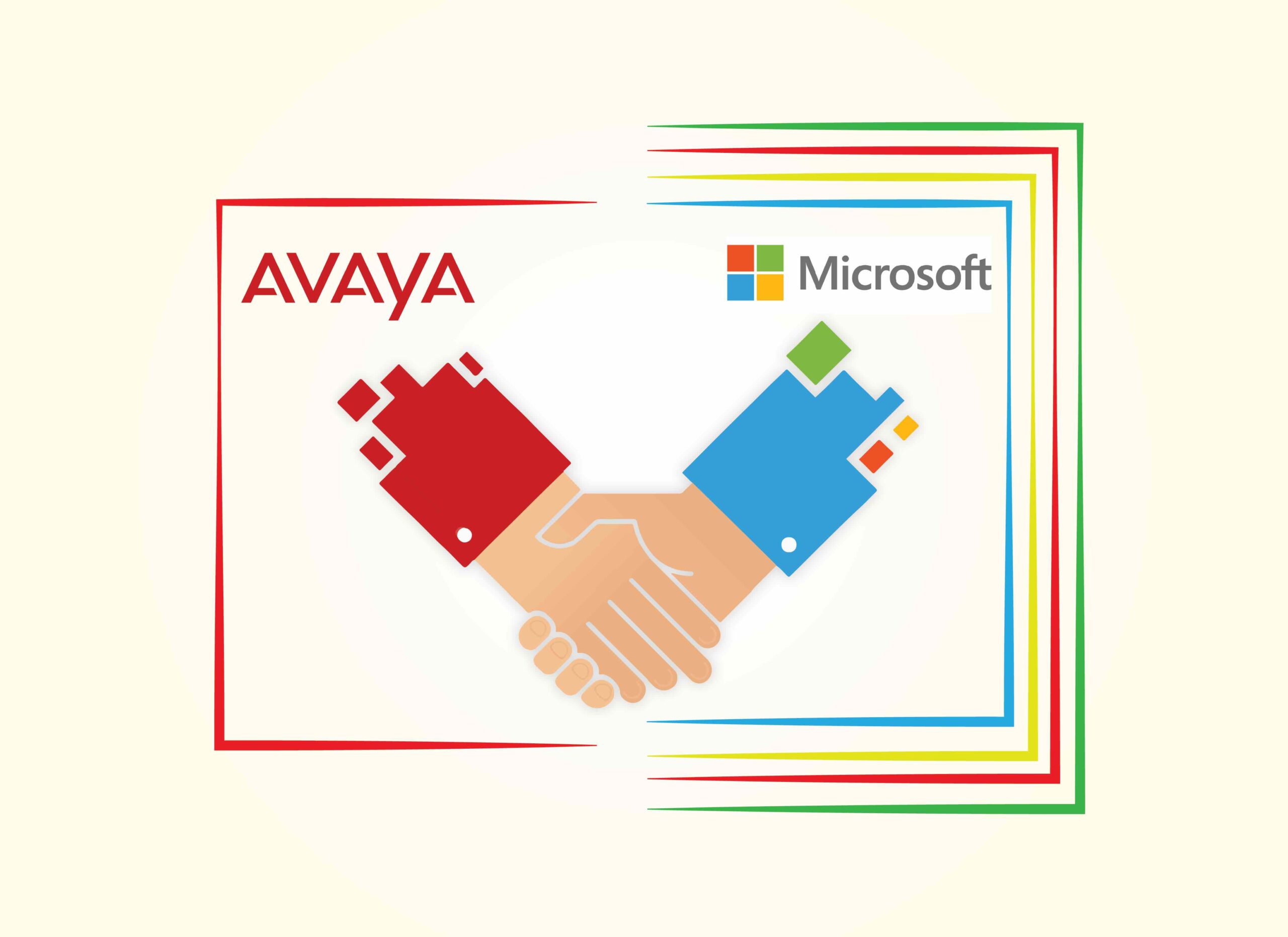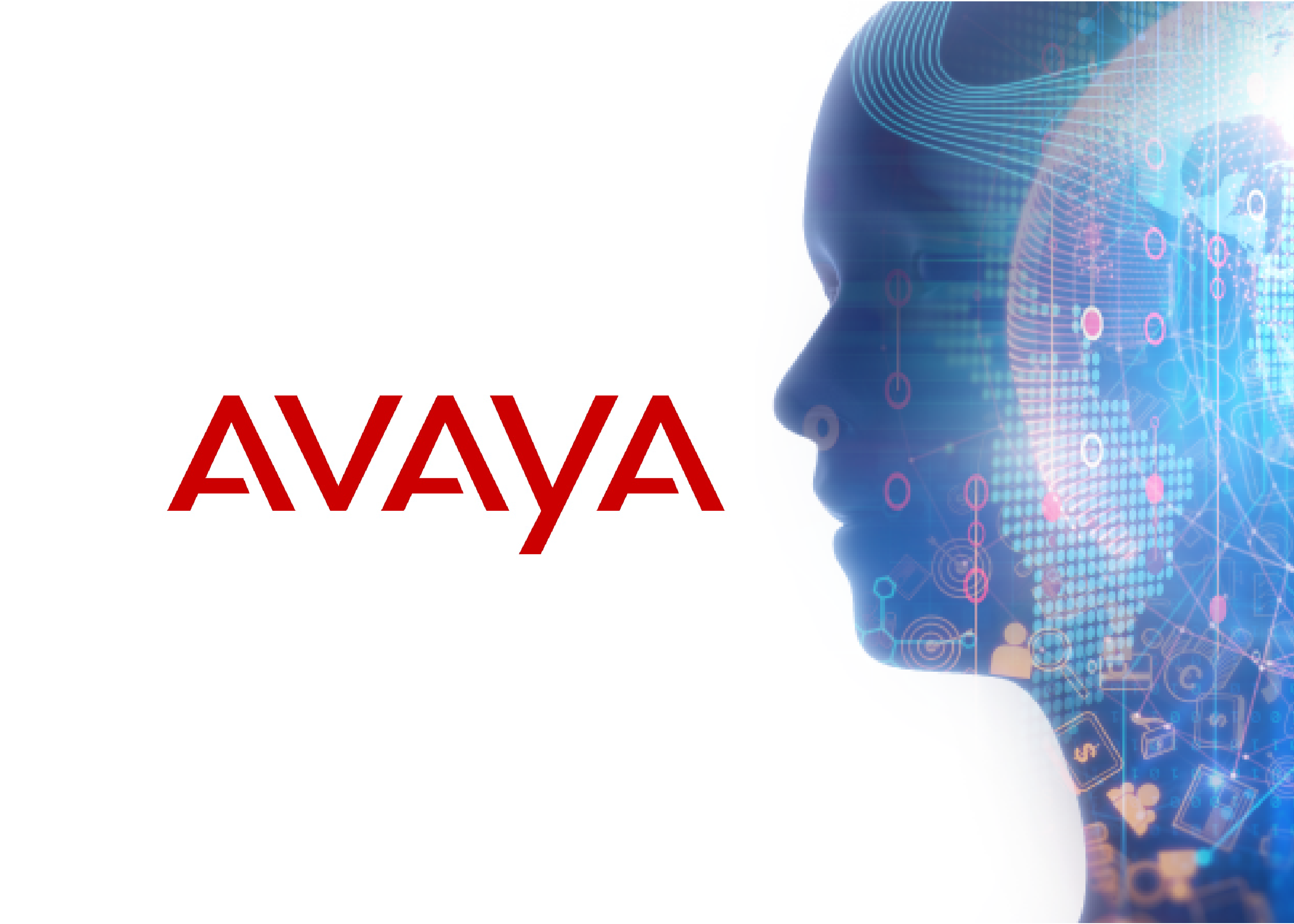- New Snap-in applications reduce communications workflow development time and cost
- Engagement Development Platform helps add more communications functionality to business and collaboration applications
At its largest research and development (R&D) center in Pune,  India, Avaya today showcased new innovations in its Avaya Engagement Environment – a portfolio of solutions which help accelerate the development of communications-enabled applications. Now, companies, partners, business analysts, and ISVs, can integrate voice, video, text, email and mobility seamlessly into business applications. The portfolio includes the Avaya Engagement Development Platform, Avaya Snap-in modules, and the AvayaLive™ Collaboratory.
India, Avaya today showcased new innovations in its Avaya Engagement Environment – a portfolio of solutions which help accelerate the development of communications-enabled applications. Now, companies, partners, business analysts, and ISVs, can integrate voice, video, text, email and mobility seamlessly into business applications. The portfolio includes the Avaya Engagement Development Platform, Avaya Snap-in modules, and the AvayaLive™ Collaboratory.
The success of the Avaya Engagement Environment is due in large part to the community of developers around the world creating new Snap-in modules. When used independently, or as part of a communications workflow, application developers can simply snap-in code modules and immediately integrate new functions. The latest Snap-in from Avaya, available globally today, is the Avaya Engagement Assistant. Perfect for mobile employees, this Snap-in removes the burden of manually entering conference numbers and long teleconferencing bridge codes. Engagement Assistant provides users with voice accessible, “one-number conferencing” for all meetings on their Microsoft Outlook calendar. It consults a user’s Outlook calendar, helps select which meeting to join, and seamlessly connects them to the desired audio or video conferences. Engagement Assistant integrates with Microsoft Outlook calendaring and supports Avaya Aura Conferencing, Avaya Scopia, and other external conference bridge systems.
Avaya Engagement Assistant joins a list of innovative Snap-In technologies, including:
- WebRTC – Gives users access to click-to-call capabilities and media directly from within their browsers to connect with a company’s contact center, offering the low effort experience that drives higher CSAT. Can be combined with other Snap-ins to capture customer behaviors, preferences, and browser history, and present that information to agents so they can steer conversations with customers, answering questions and resolving issues efficiently and positively. It can also be used for corporate intranet sites to improve the business efficiency of travel bookings, expense management, human resources, etc.
Context Store – Enables organizations to create an in memory, real-time repository of relevant customer and business information to improve real-time collaboration and customer engagement throughout the enterprise. By holding frequently requested data in memory, this Snap-in reduces the need to repeat queries to different systems to retrieve or validate data. This approach streamlines the aggregation of information across various enterprise and public sources to help ensure consistent customer experience as well as help people make better real-time decisions.
Work Assignment – Enables companies to create a matching service that can leverage real-time data to optimize use of business resources. This extensible, highly scalable work distribution system uses data-analytics-driven routing to assign work items and speeds real time responses that are based on a company’s target goals and desired outcomes. Organizations can build applications that tap public and cross-company data to make on-the-fly adjustments that match customers to the best available person.
Real-Time Speech – Companies today need ways to more quickly uncover and react to changing customer and business needs, ideally in real-time. This Snap-in provides developers a way to integrate real-time speech monitoring and search into enterprise and contact center applications, enabling their users to benefit from real-time insights into customer interactions or business processes such that changes can be made to ensure the desired business outcome.
Also available is the AvayaLive™ Collaboratory – a cloud based “sandbox” for developers to innovate, experiment, and test their applications. This virtual instance is available to customers and developers in selected markets, giving the Avaya community the freedom to experiment and innovate by building new Snap-in customized to their specific needs.
ZK Research points out that mobility, social media and the cloud are changing the way people work and the way businesses compete, and that collaboration across the extended enterprise so that businesses can make decisions rapidly is now the basis of competitive advantage. The research recommends that IT leaders must create unique customer experiences that differentiate themselves from the competition in order to dominate their markets. For this to happen, business applications, contact centers and communications technology must come together. These areas of IT have lived in siloes for decades, making it almost impossible to create true communications-enabled applications. To raise productivity and lower costs, IT leaders must make communications enablement of business applications a priority, the research concluded.






